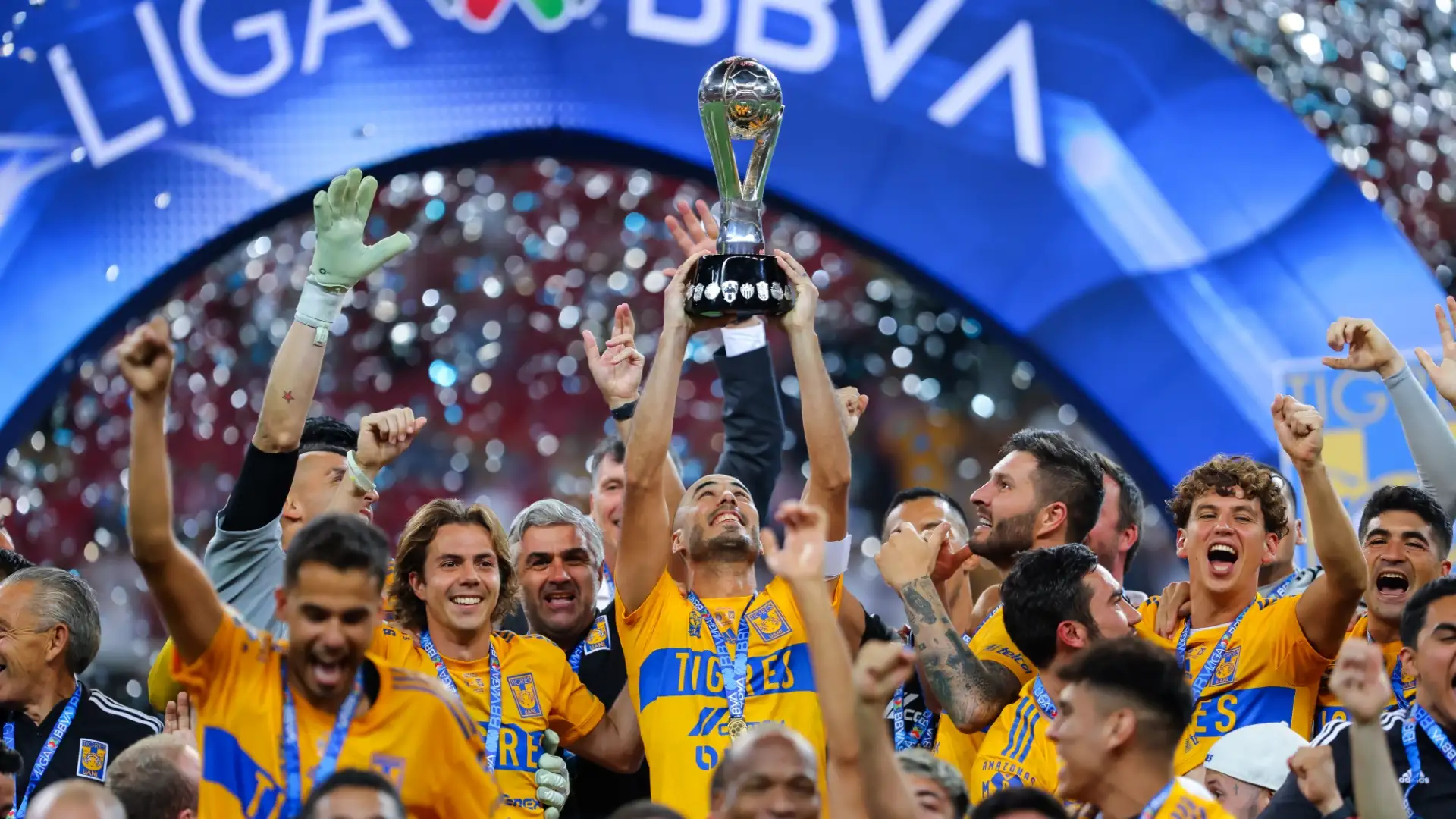In the vibrant world of football, Liga MX stands tall as one of the most dynamic and rapidly growing leagues globally. Over the last few decades, Mexico’s top-tier football competition has evolved from a primarily domestic affair into a true powerhouse of talent, commercial success, and fan engagement. This transformation, commonly known as the Liga MX growth story, is a fascinating blend of strategic vision, financial savvy, and deep cultural passion for the beautiful game.
The Historical Roots of Liga MX
Formation and Early Years
Liga MX traces its origins to the early 20th century, with roots firmly embedded in Mexico’s passion for football introduced by European immigrants. Initially, the league operated as an amateur competition, with clubs representing factories, universities, and neighborhoods.
Transition to Professionalism
The 1940s marked a major turning point as the league embraced professionalism. This shift attracted better talent, increased competition, and set the stage for commercial growth. Teams like Club América and Chivas became household names, cementing the league’s foundational culture.
Strategic Investments and Infrastructure Development
Stadium Upgrades and Facilities
One of the critical pillars in Liga MX’s growth has been massive investment in stadiums and training facilities. Modern venues like the Estadio Akron and Estadio BBVA symbolize this era, offering world-class experiences to fans and players alike. These investments have improved matchday revenues and overall league prestige.
Youth Academies and Training Centers
Beyond infrastructure, Liga MX clubs have dedicated themselves to developing youth academies. These centers nurture young Mexican talent, emphasizing technical skills, tactical awareness, and physical conditioning from an early age. This grassroots development feeds the league with future stars and contributes to Mexico’s national team success.
Financial Growth and Commercial Expansion
Broadcasting Deals and Media Rights
The financial boom of Liga MX is closely tied to lucrative broadcasting rights deals. National and international TV contracts have exponentially increased revenue, allowing clubs to invest more in players, staff, and marketing.
Sponsorship and Marketing Innovations
Liga MX has also become a magnet for sponsorships. Partnerships with global brands have not only brought money but also helped globalize the league’s image. Creative marketing strategies and digital content production have expanded its reach beyond Mexico’s borders.
Quality of Play and Competitive Balance
Import of International Talent
Liga MX’s appeal to international stars cannot be overstated. The league attracts players from South America, Europe, and beyond, blending their flair with Mexican football’s intrinsic style. This influx raises the standard of play and keeps the league competitive and entertaining.
Development of Homegrown Stars
While foreign imports add value, the league’s commitment to homegrown talent remains strong. Stars like Hirving Lozano and Raul Jimenez have risen through Liga MX ranks, proving the league’s ability to cultivate world-class players.
Liga MX’s Influence in North and Central America
CONCACAF Champions League Success
Liga MX clubs dominate the CONCACAF Champions League, winning the majority of titles. This continental success enhances the league’s reputation and showcases its strength on an international stage.
Partnerships with MLS and Other Leagues
Collaboration with Major League Soccer (MLS) and other regional leagues fosters growth opportunities. Joint tournaments like the Leagues Cup symbolize growing synergy and friendly rivalry, pushing Liga MX’s competitive and commercial ambitions.
Fan Culture and Community Engagement
Passionate Support and Attendance
The heart of Liga MX’s power lies in its passionate fanbase. Stadiums regularly fill to capacity, with chants, colors, and traditions making matchdays electric events. This vibrant culture helps clubs thrive financially and socially.
Social Media and Digital Engagement
Liga MX has embraced the digital age, using social media platforms to engage younger audiences and expand global viewership. Interactive content, live streams, and fan interaction have built an online community as passionate as those in the stands.
Challenges and Controversies Along the Way
Financial Disparities Among Clubs
Despite the league’s growth, disparities exist between wealthy clubs and smaller teams. This financial imbalance sometimes affects competitive fairness and long-term stability.
Addressing Violence and Safety Issues
The league has faced challenges related to fan violence and stadium safety. Recent efforts to improve security and promote family-friendly environments aim to ensure that Liga MX remains a safe, inclusive space.
The Role of Liga MX in Mexican National Football
Feeding Talent to the National Team
Liga MX remains the primary talent pool for Mexico’s national team. The league’s emphasis on youth development and competitive experience equips players to perform at the highest international levels.
Impact on Mexico’s World Cup Performances
Strong domestic football infrastructure has directly influenced Mexico’s consistent World Cup appearances and competitiveness, making Liga MX a cornerstone of national pride.
Future Prospects and Innovations
Technology and Analytics Integration
Looking ahead, Liga MX is integrating advanced technologies—such as data analytics and performance tracking—to refine tactics, player fitness, and scouting.
Expansion and Global Branding Efforts
Plans to expand the league’s footprint through international partnerships, merchandising, and tours will enhance Liga MX’s global brand, positioning it among football’s elite leagues.
Conclusion: Liga MX’s Continued Rise as a Football Powerhouse
The Liga MX growth story is a testament to how passion, vision, and smart management can transform a league into a powerhouse. From its humble origins to becoming a dominant force in the Americas, Liga MX continues to captivate millions, produce stellar talent, and set the standard for football excellence in the region. The future looks brighter than ever for Mexican football’s flagship league.
FAQs
What factors contributed most to Liga MX’s growth?
Strategic investments in infrastructure, youth development, lucrative media deals, and fan engagement have been crucial drivers.
How does Liga MX compare financially to other leagues?
While not at the financial level of Europe’s top five leagues, Liga MX is the wealthiest league in the Americas, with strong broadcasting revenues and sponsorships.
What role do foreign players have in Liga MX?
Foreign players add quality, experience, and flair, elevating the league’s competitive standards while helping develop domestic talent.
How does Liga MX engage its fan base uniquely?
Liga MX fosters passionate fan cultures, integrates social media outreach, and delivers an entertaining matchday atmosphere that deeply connects with supporters.
What are the future challenges for Liga MX?
Addressing financial disparities, expanding global influence, and embracing technology while maintaining local identity remain key challenges.










